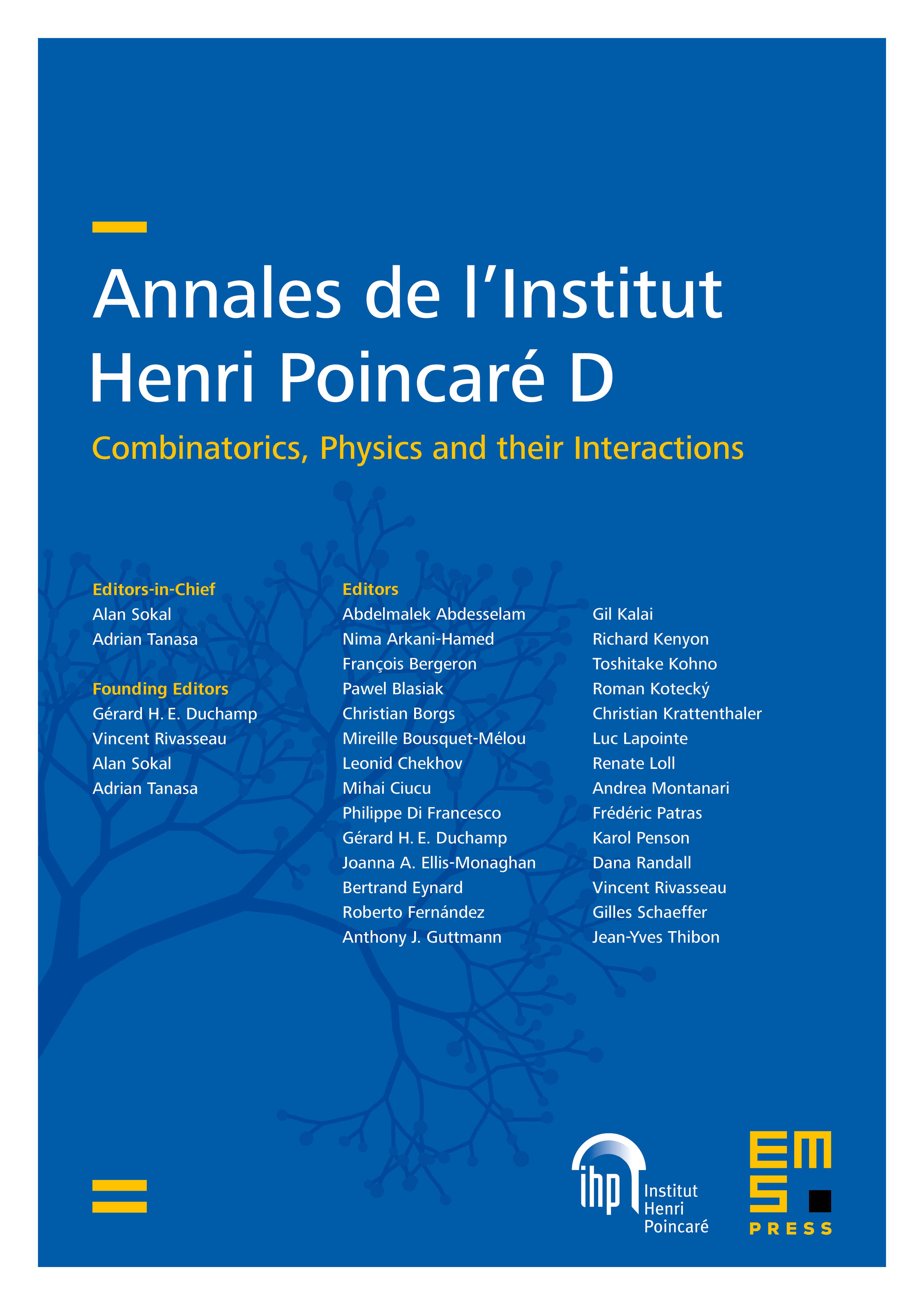Dyson–Schwinger equations in minimal subtraction
Paul-Hermann Balduf
Humboldt-Universität zu Berlin, Germany; University of Waterloo, Canada

Abstract
We compare the solutions of one-scale Dyson–Schwinger equations (DSEs) in the minimal subtraction (MS) scheme to the solutions in kinematic momentum subtraction (MOM) renormalization schemes. We establish that the MS-solution can be interpreted as a MOM-solution, but with a shifted renormalization point, where the shift itself is a function of the coupling. We derive relations between this shift and various renormalization group functions and counterterms in perturbation theory. As concrete examples, we examine three different one-scale Dyson–Schwinger equations: one based on the 1-loop multiedge graph in dimensions, one for dimensions, and one for mathematical toy model. For each of the integral kernels, we examine both the linear and nine different non-linear Dyson–Schwinger equations. For the linear cases, we empirically find exact functional forms of the shift between MOM and MS renormalization points. For the non-linear DSEs, the results for the shift suggest a factorially divergent power series. We determine the leading asymptotic growth parameters and find them in agreement with the ones of the anomalous dimension. Finally, we present a tentative exact solution to one of the non-linear DSEs of the toy model.
Cite this article
Paul-Hermann Balduf, Dyson–Schwinger equations in minimal subtraction. Ann. Inst. Henri Poincaré Comb. Phys. Interact. 12 (2025), no. 1, pp. 1–50
DOI 10.4171/AIHPD/169